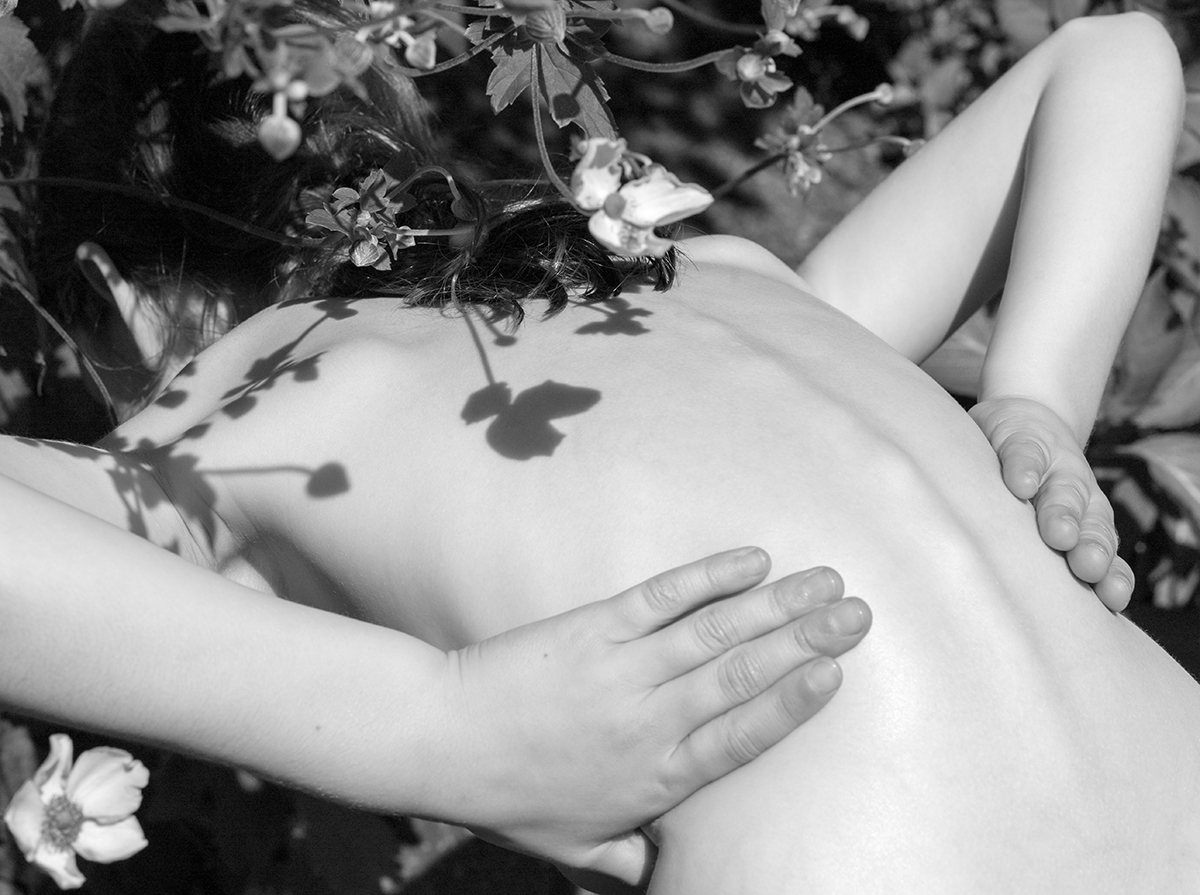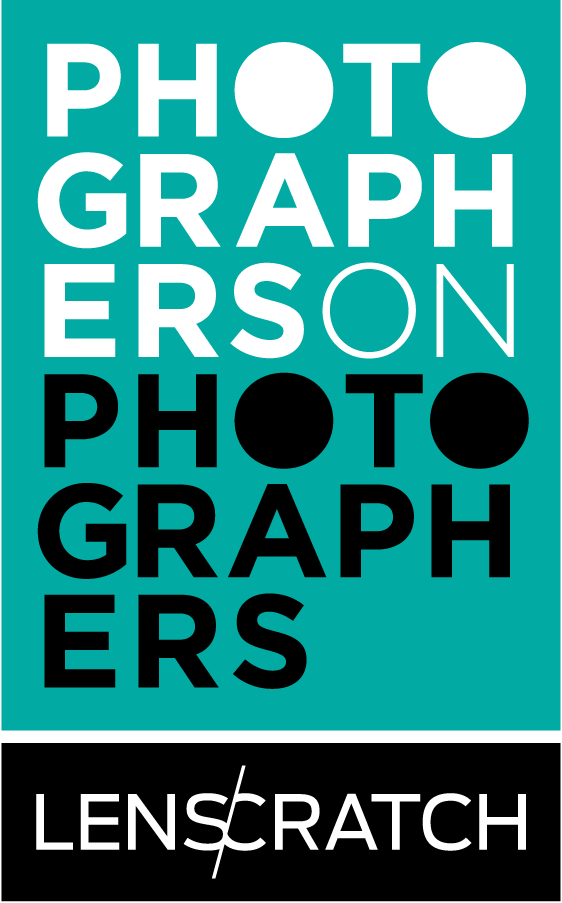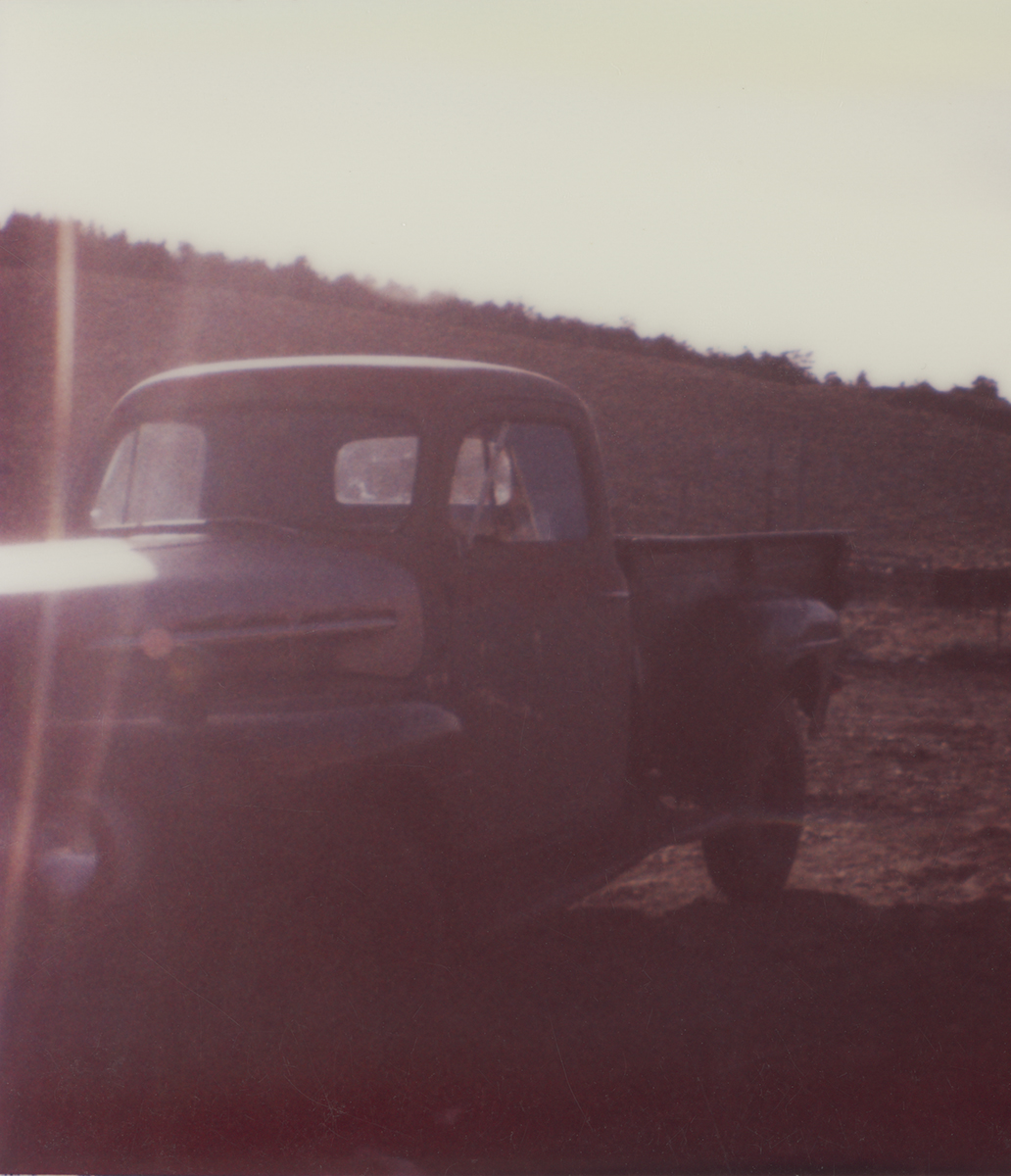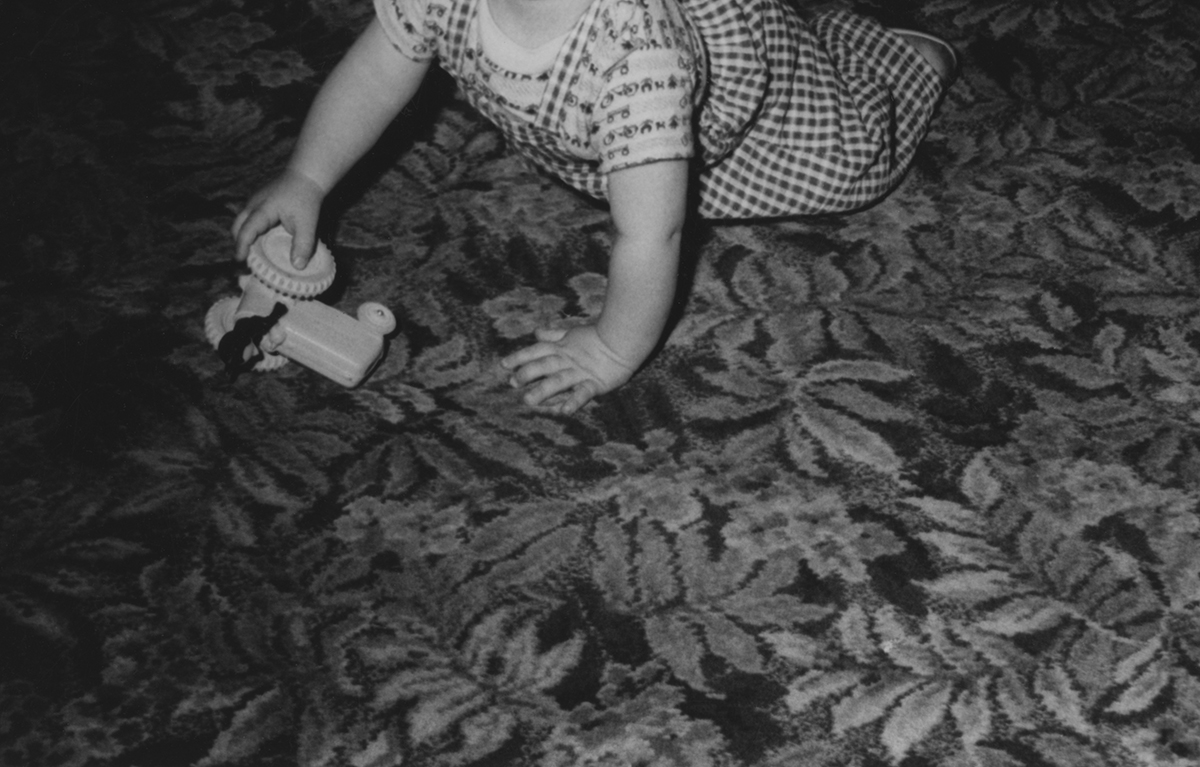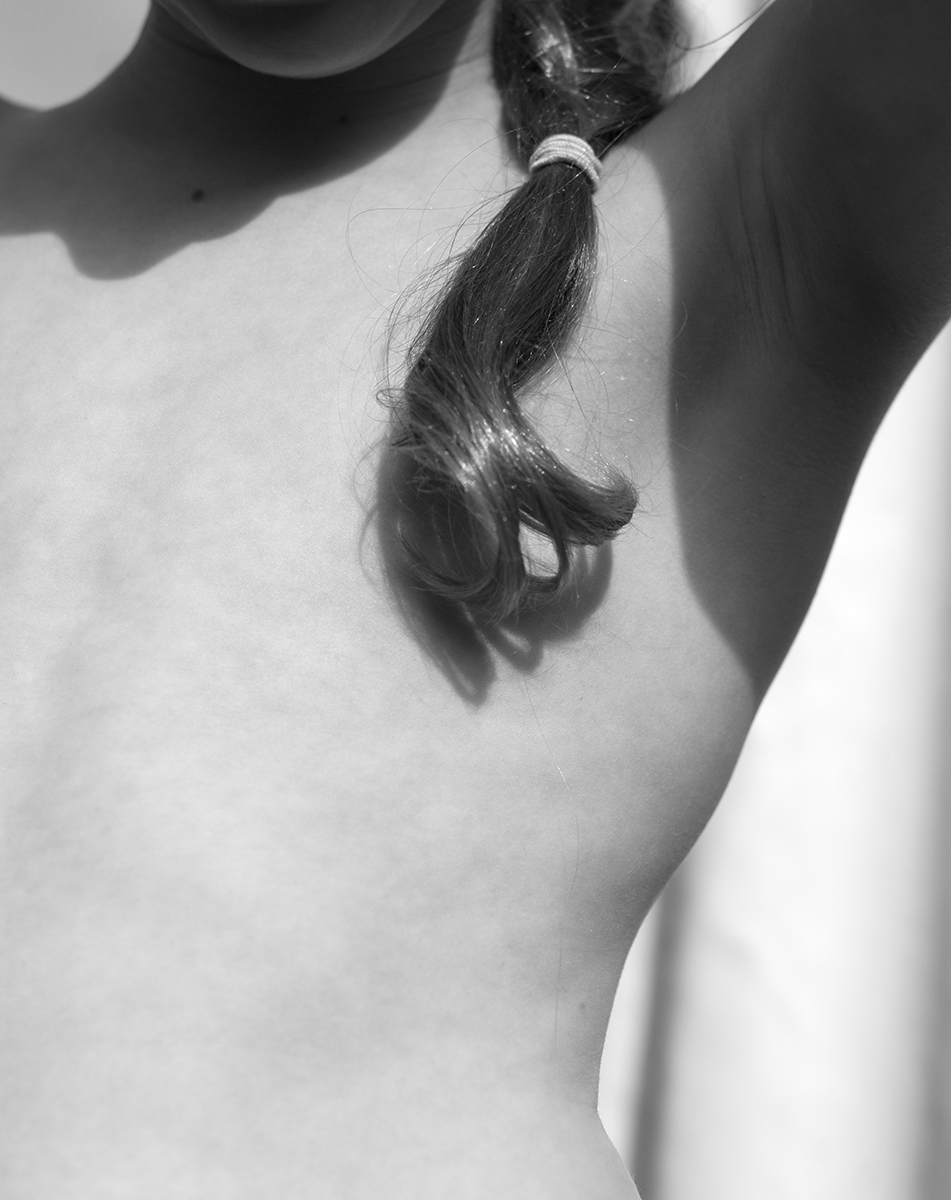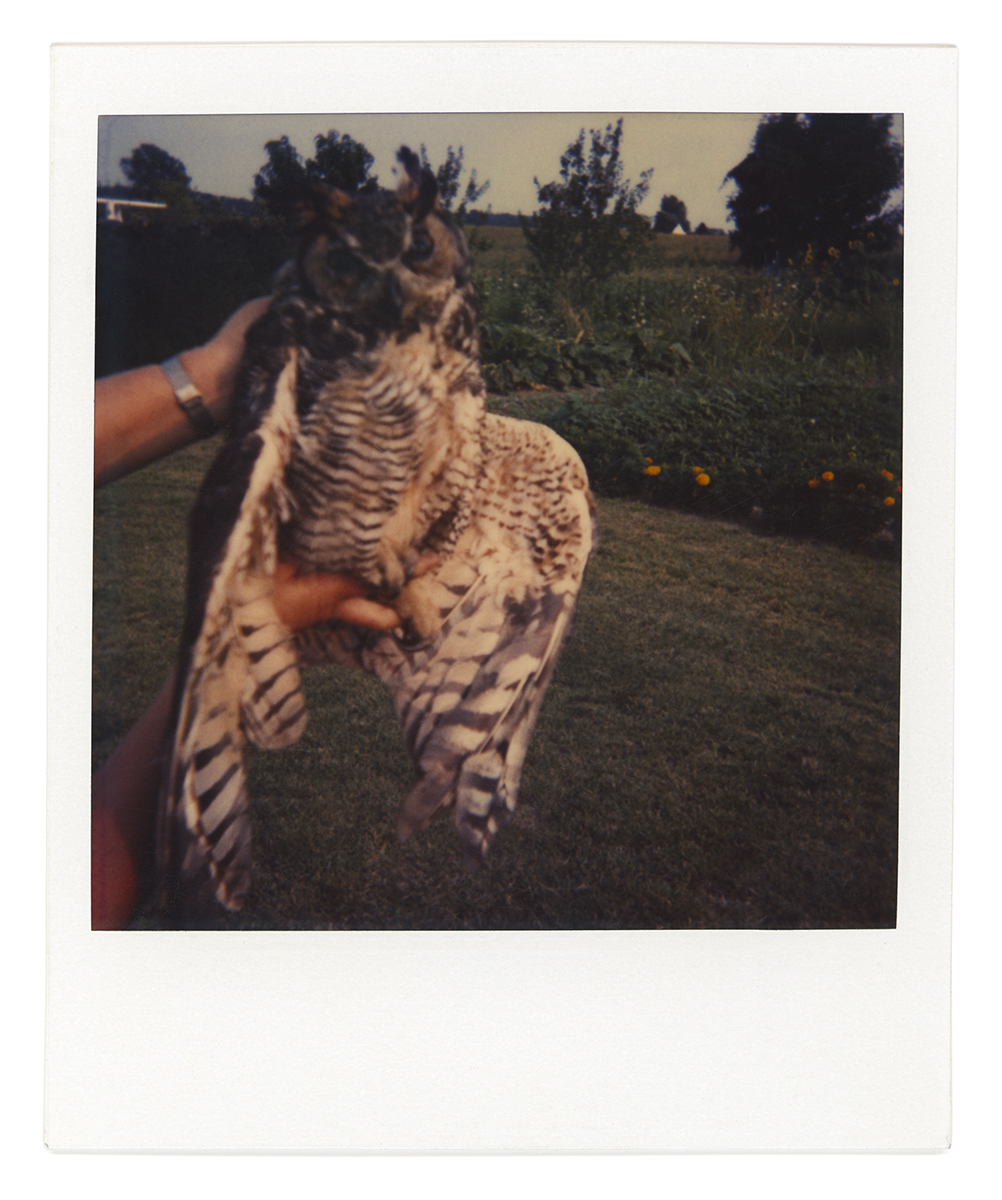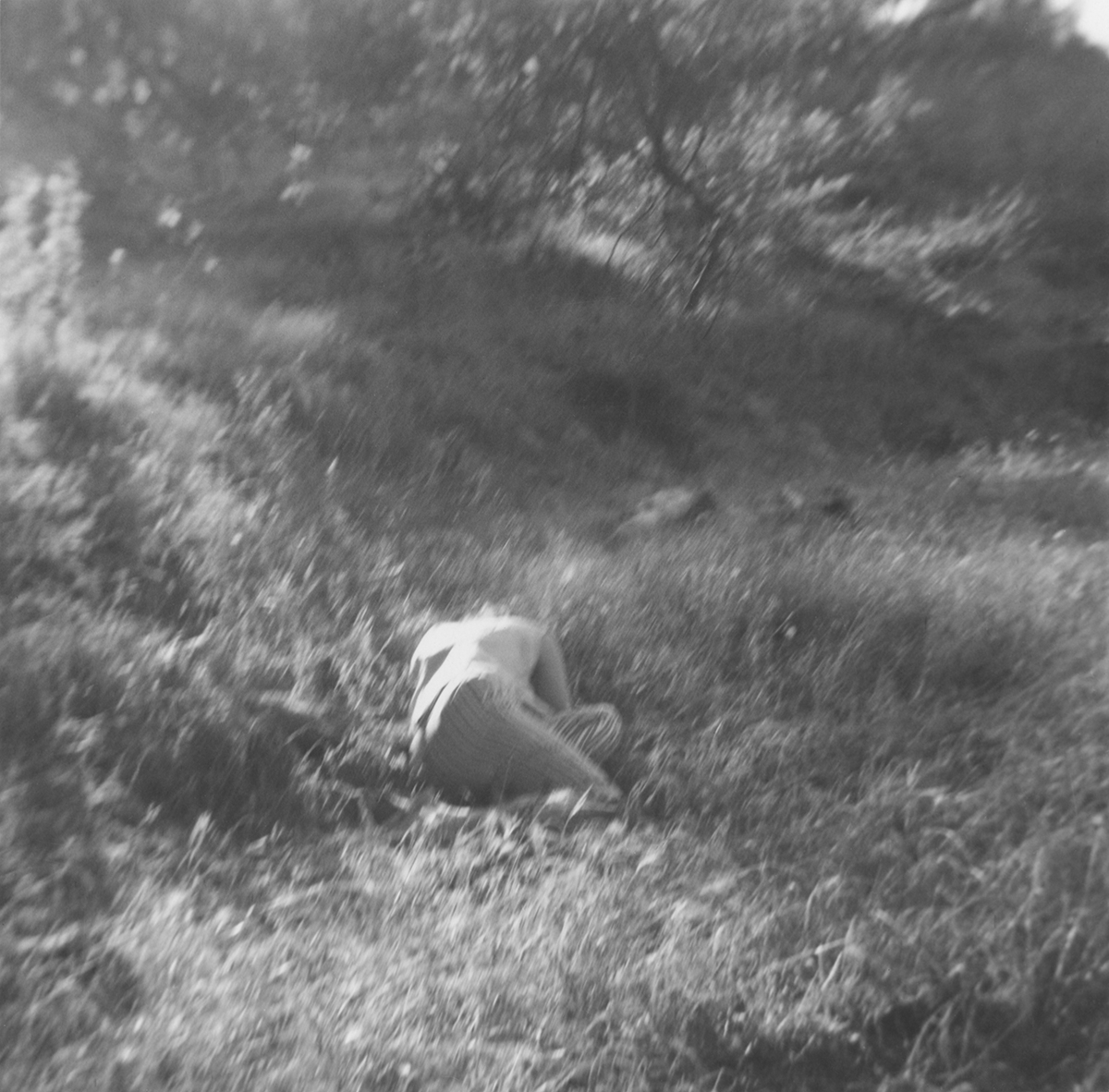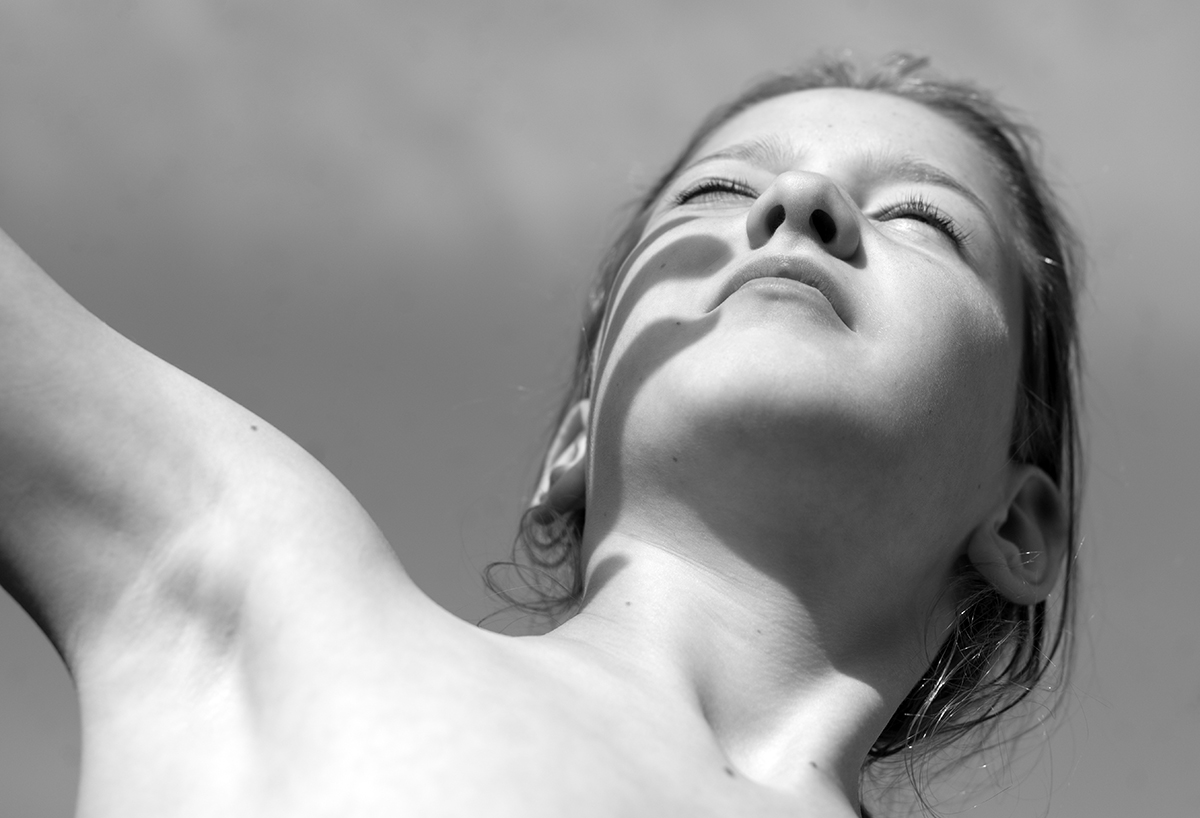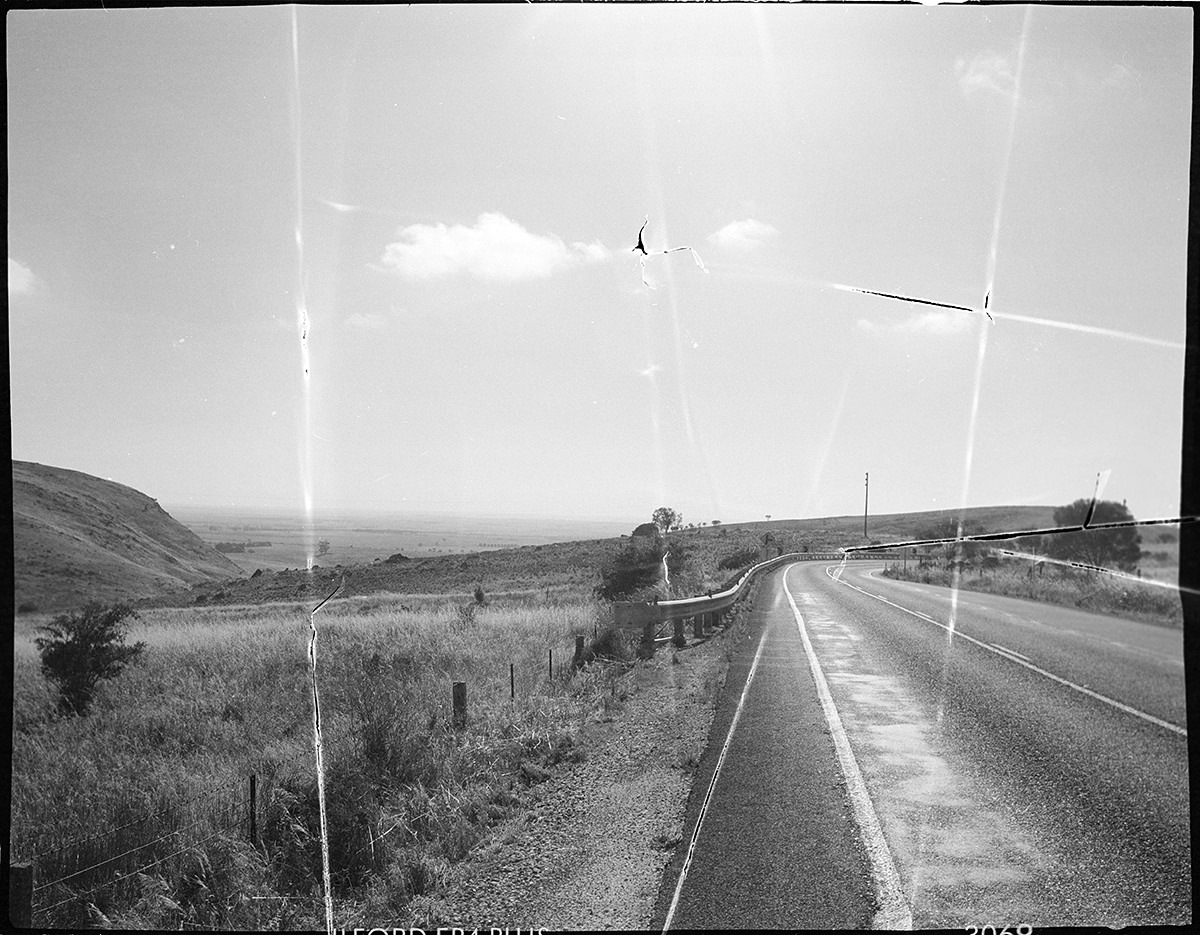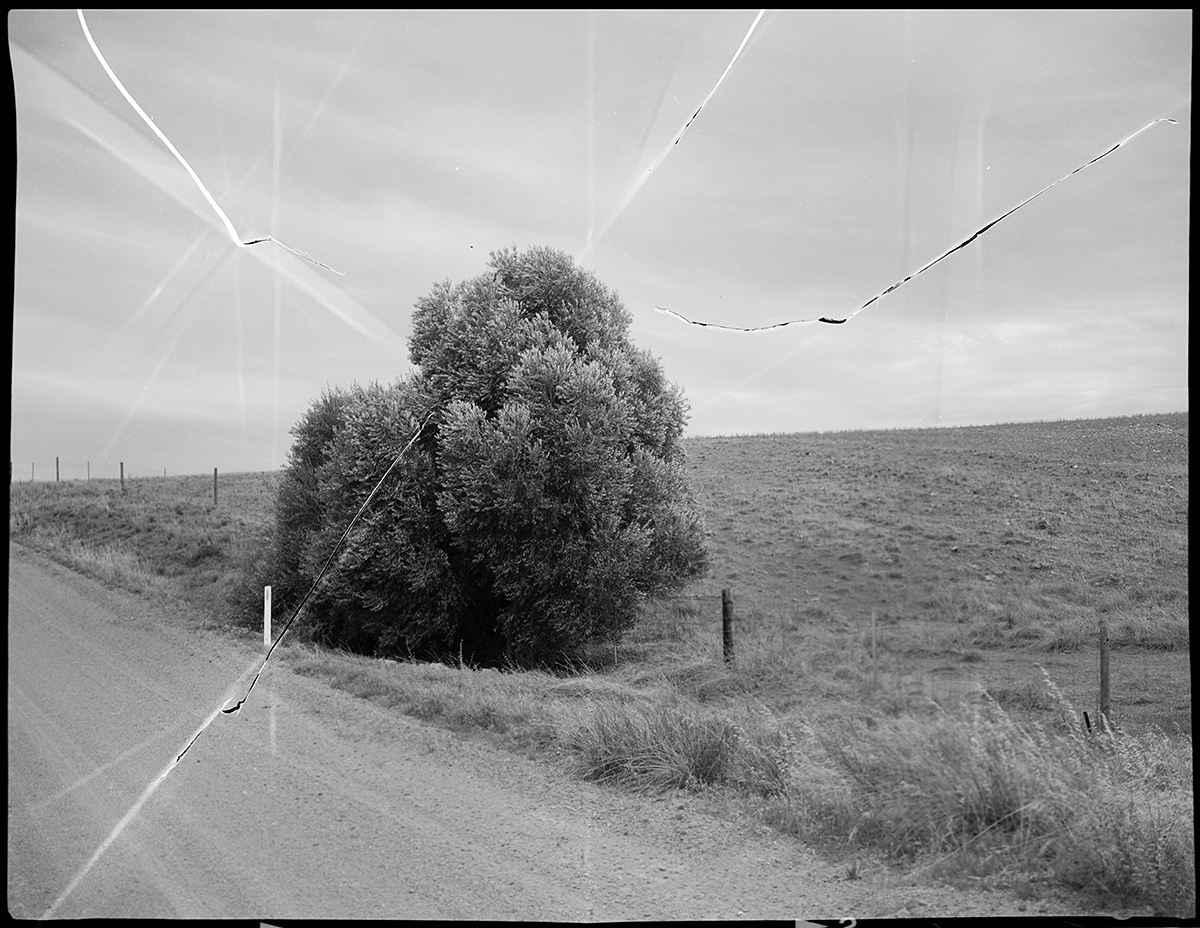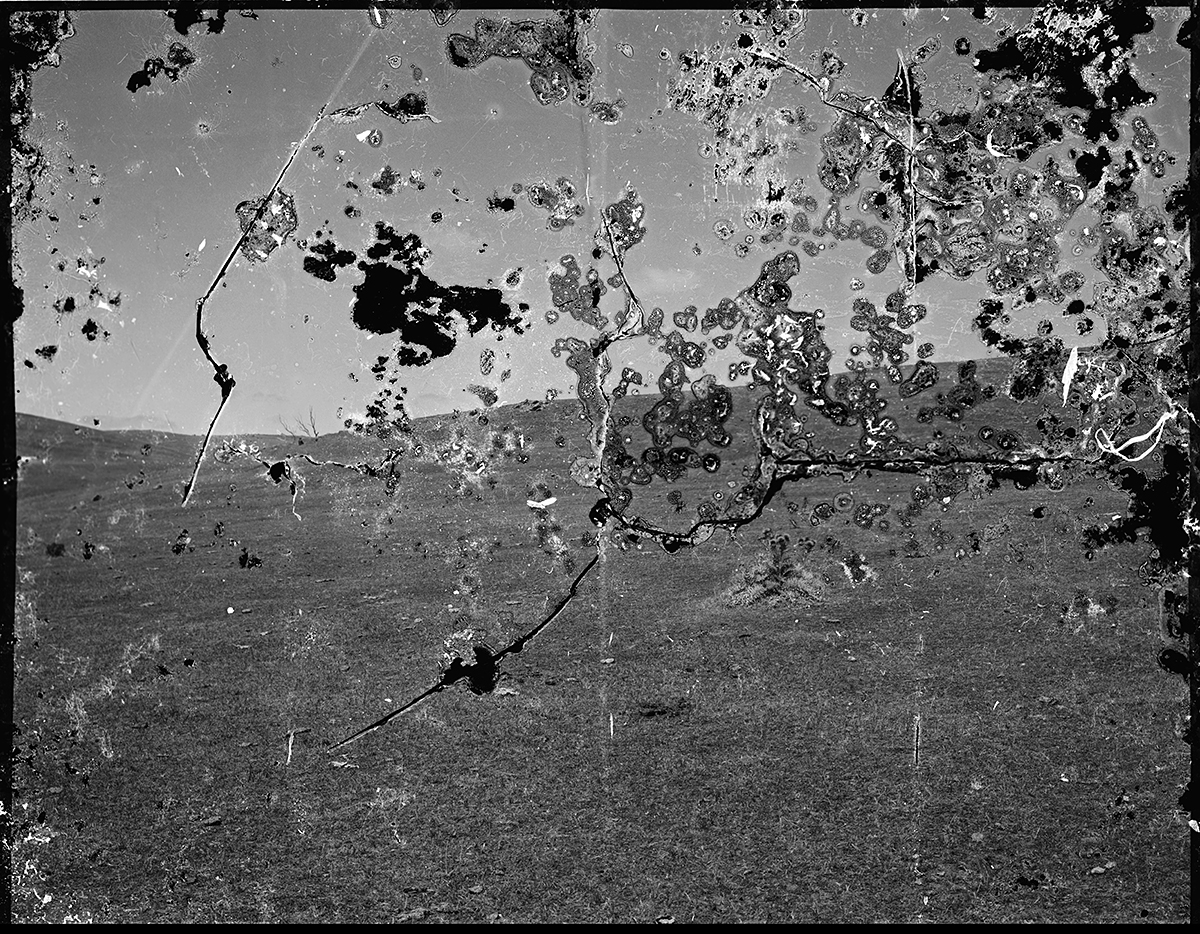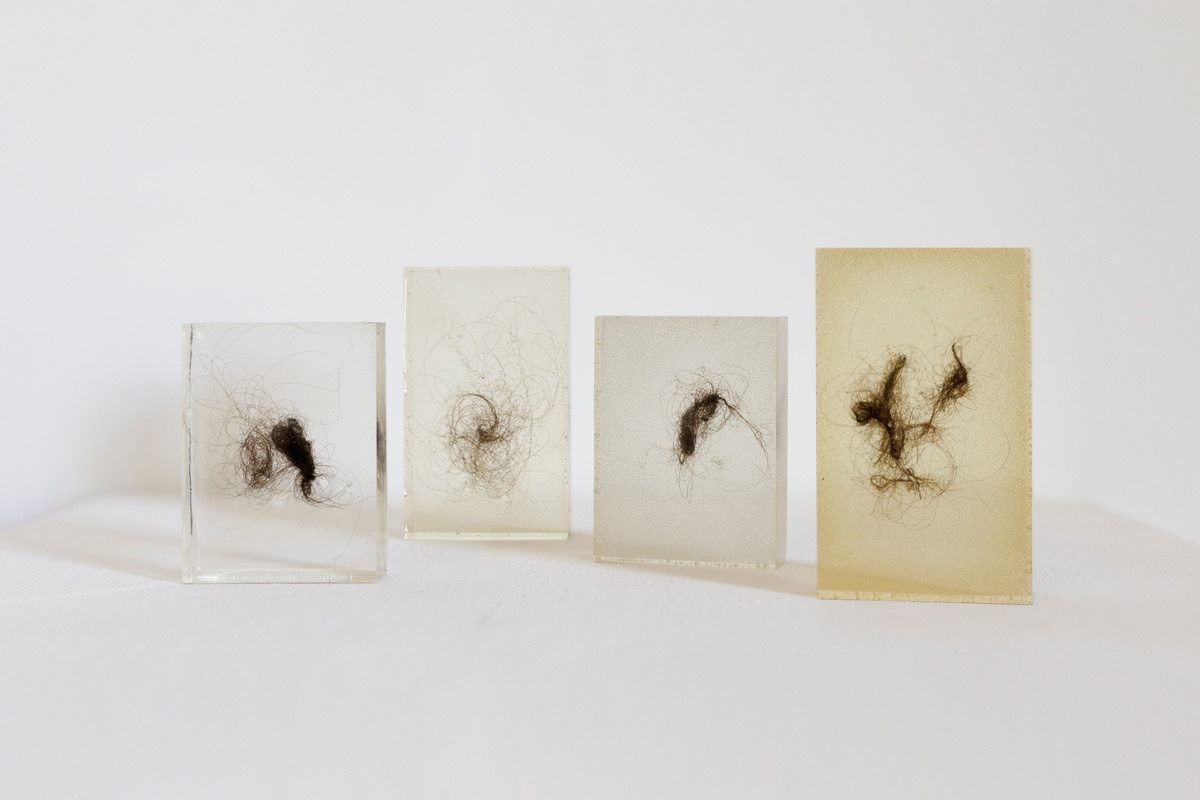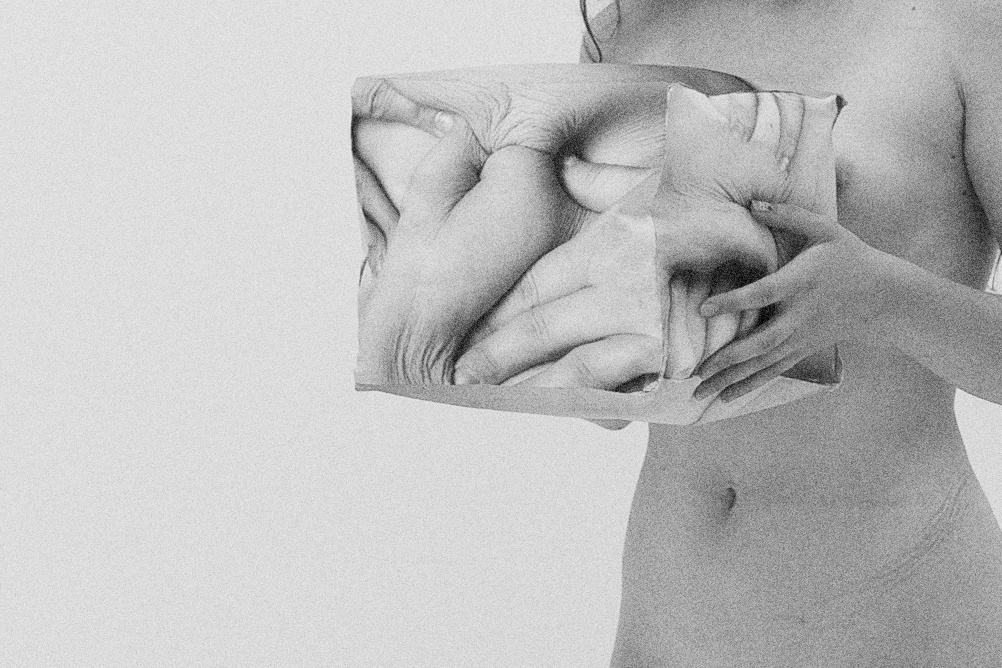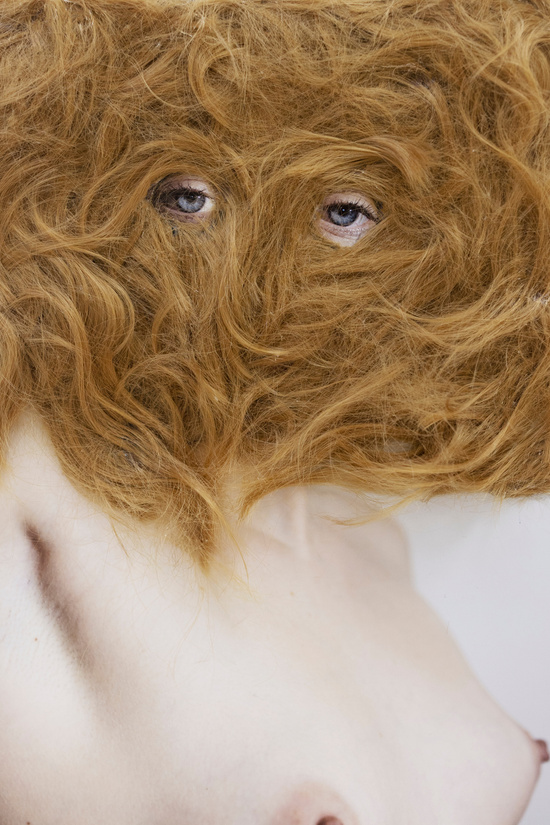Photographers on Photographers: Kylee Isom in Conversation with Odette England
Through photography, image archives, and text, Odette England explores home, autobiography, female labor, and ritual. The isolated community in which she was raised and snapshots made by her extended family serve as raw material and inspiration.
Odette England has exhibited her work in more than 100 museums, galleries, and art spaces worldwide. Recent honors include being awarded the 2020-21 Artist-In- Residence Fellow at Amherst College, a Light Work fellowship, RISCA Fellowship in Photography, Peter E. Palmquist Memorial Fund Grant for Historical Photographic Research, 3×8 Nature Artist-in-Residence Fellowship in Lecce, Italy, Silver Eye Center for Photography Fellowship, Firecracker Photographic Grant, and the Film Photo Award. Other notable grant awards include Andrew W. Mellon Foundation (2018 and 2019), Anonymous Was a Woman (2020), and the CENTER $5,000 Project Launch Award (2012). She was shortlisted for the 2021 Penumbra Workspace Program, Sustainable Arts Foundation Award, and nominated for the Prix Pictet, the global award for photography and sustainability.
Odette England is an artist whose work stands as a fundamental and critical piece of contemporary photography. Odette England is intentional, brilliant, and deeply influential. The structure and versatility of her work, as well as the discourse her work often engages with, are elements of her practice that I find to be impactful and long-lasting in the time I have spent with her work. It is for this reason that I have chosen to interview Odette England.
Odette England is an artist and writer who uses photography, archives and text to explore the female body, unpaid reproductive labor, home, and ritual. Her work has been exhibited in more than 100 museums, galleries and art spaces worldwide and is held in public collections including the Museum of Modern Art, George Eastman Museum, Fort Wayne Museum of Art, Museum of Contemporary Photography, and the New Mexico Museum of Art.
Follow Odette England on Instagram: @odetteengland
DAIRY CHARACTER
Dairy Character is a loose chronicle of growing up female in a rural farming community. Combining recent photographs, family snapshots, archival images and autobiographical short stories, I highlight similarities between the objectification of dairy cows and women. Order a signed copy of the book.
BURIED (UNFINISHED BUSINESS)
For more than a decade I have revisited my family’s former farm, walking the lands we loved and lost, taking photographs. My parents and daughter join me and I direct them to take pictures too. I then process the negatives and bury some in the soil. I also attach some to trees and dilapidated farm buildings. Months or years later, I return to ‘harvest’ these negatives to make prints from them. It is a ritual of history and memory, of what happens to us when we look at pain through a viewfinder and zoom-in on scars. It is also a photographic autopsy of my relationship to a place I still call home but live no longer.
Kylee Isom: Something that I have really held close to me after sitting with your work is how you move so freely between mediums – archives, digital images, old manuals, etc. – allowing yourself the space to be both image-maker and image-excavator. How do you navigate those two roles, and does one seem more important than the other? In “Dairy Character” particularly, the sequence sifts through digital and archive images rather seamlessly. Can you talk more about that decision and what the sequencing process looks like?
Odette England: Because I trained as a painter I’ve never felt beholden to any one style, tool, approach, material, or equipment. I prefer to seize an idea, a mistake, a gesture, a source, something I’m curious or passionate about (or even infuriated by). I work from the emotional, the automatic, the gut. This may be why I see ‘making’ and ‘excavating’ as one in the same. To excavate is an act of creation. To plunder is to create, to raze is to create.
With Dairy Character I wanted to stay true to the nonverbal nature of farming. Words are used sparingly. There’s emphasis on what is concrete and necessary. In making photographs for the project and in choosing which archival images and family snapshots to include, I thought a lot about the dialect of dairy farming; the similarities in how women and female cows are described; about what kinds of images needed to repeat, or features within images that needed to recur. For example, many of the photographs speak to dust and dryness, to looking down or up. There are lots of suns and burning holes. When you stare at the sun and then close your eyes and little spots appear, you start to blink because you’re thinking am I seeing parts of girls that look like cows or vice versa?
Sequencing a photobook is a dance you haven’t learned with an irregular beat made by instruments you didn’t know existed. For Dairy Character I worked with Cara Buzzell who’s not only a gifted graphic designer but a trusted interrogator of my work. Every image had to hold its own while also referring backwards or forwards to other images in the book. I made little prints of all the contenders and we shuffled them like a playlist, paying attention to which ones lingered longest. Some of the best sequencing advice I received was from Stephen Gill: go with images that have strong emotional content; don’t overlook images that aggravate; try not to ponder or analyze your choices too early; cut any photograph you have to justify; and don’t stop until you remove all doubt.
Cara’s approach is, “let’s stick two random pictures together and see what happens”. I love that because there are gifts from making pairings or groupings that avoid trends or aesthetic rightness. It’s a process that helps me to untether myself from my images a bit more, too.
KI: Your work often feels very physical and tactile – especially in your projects “Buried (Unfinished Business)” and “Damaged Negatives” – would you say, in these cases, it is less about the image and more about the happening?
OE: It’s about the image and the performance. Every aspect of photography is performative. I enjoy the rituals and traditions of how we make pictures, how observation happens, how I lose part of myself and the world around me during the exchange of looking at someone through my lens while they look at me. I also like to test the limits of what a photograph is and can be. When I bury my negatives I relinquish control, which is a generative place to be as an artist. If I don’t bury them I’m clipping the wings of my imagination.
Much of my work is about recording familiarity and then displacing it through process. It’s a way for me to perform knowing a place differently.
KI: Coming from a rural place, myself, I find there is often a disconnect between rural and artistic communities. How has that shaped the way “Dairy Character” was structured? Did you feel a need to interpret the language of working-class rural communities in order for those outside of that experience to understand? How do you bridge the gap?
OE: I wonder if the disconnect you describe feels palpable because those communities (and their many sub communities) have their own definitions, biases, opinions, and/or values about what rural life is and about what art is? The kinds of art I saw and understood (and was taught to value) in our farming community, for example, were very different to what I learned at high school in the city. The differences between rural life and city life only became pronounced for me when we left the farm. Culturally I was miles behind many of my peers, they’d seen things and read things I had no clue about. The flip side was that I knew how to scale fish, bale hay, whistle to a fox, skin rabbits, change tires, bake pies, light fires without matches, all useful practical stuff, some of which was very much considered art.
I learn a lot from sharing my ideas with non-artists. With Dairy Character, if my parents or their friends didn’t understand it, I knew I needed to rethink what I was saying and how I was saying it. It’s important that my work is authentic to the people, places, and histories I’m referencing. I can still hear my undergraduate painting professor advising us to listen generously and tenderly to yourself and your work, and to people who know nothing about you and your work.
I didn’t feel a need to interpret vocabulary or to bridge any perceived gap because I’m not sure how I’d do that or even if I should be doing it. Photography is a struggle to understand everything I see. I like using my cameras to turn life’s carousels into something more meaningful (and sometimes more complicated) for myself and, if I’m lucky, for others.
KI: Your work often has feminist undertones, dealing with gender and stereotype, while being situated in what is thought to be a more masculine environment. In what ways are your images in defiance of this space? Can you talk about your decision to use the nude female body?
OE: While working on Dairy Character I read books like Preserving the Family Farm by Mary Neth and With These Hands by Joan M. Jensen. I wanted to highlight that even now, rural females don’t share in the occupational inheritance of agriculture. They are excluded or marginalized from important resources, and this exclusion is the result of patriarchal culture. The social construction of agriculture is reinforced by certain types of myth-making, which work to disadvantage farm girls and women. I also wanted to create a kind of record I hadn’t seen before in a photobook, one that made palpable the emotional quotient of growing up female when the loudest, strongest voices didn’t sound like mine.
There are things placed onto our bodies by other people, history, and ancestry. During the sequencing process I kept asking: what was placed onto my body, and by whom, that informed the backstory to Dairy Character? How are female bodies implements that some men try to manipulate? Much of the book is an acknowledgement of my inability to find the kind femaleness I so desperately wanted in a place I love to this day.
Most of the bodies in Dairy Character are not nudes. There’s a lot of bare skin, especially backs and shoulders because rural women carry weights of family, responsibility, and oral history among many other hefts. The infinity of their strength and integrity needed to shine. I have scrawled on a piece of paper above my desk something the actor Julianne Moore said about her process for getting into character: I’m always looking for what’s most essential in a character…it’s my job to find a way to reveal myself in kind of the most basic way possible, the most complete way, so the people are able to see themselves in me. I still think about this because as good as photo books and photographs are at illuminating characters, they are also very good at flattening identities. Essentiality and revelation are underrated in pictures.
KI: “Dairy Character” often includes images of your daughter. What is her role in your work? Is she an active collaborator or do you see her as more of a stand-in for yourself?
OE: Photographing my daughter is collaborative. I ask permission, I don’t coerce or pressure. Often she makes suggestions for poses or locations. She reviews all the images and if she’s uncertain or uncomfortable I don’t use them. One of my photographic wishes with Dairy Character was to convey a young female character to be looked up to, in a similar style to Alexander Rodchenko’s Young Pioneers series of photographs. I look up to her every day.
KI: I heard you mention in an artist talk the term “image in crisis.” Can you explain what this is and what this looks like?
OE: An image-in-crisis is one that is forlorn or broken, where pain, frustration, or sorrow live on its surface. It is also an image at risk, of what or from what I don’t always know. I like that one of the synonyms for the word ‘crisis’ is ‘defining moment’.
KI: Who are your inspirations?
OE: Ones that come to mind (and by no means is this list exhaustive): Mimi Plumb, Judith Joy Ross, Marion Post Wolcott, Robert Adams, Jan Groover, Thomas Barrow, Anselm Kiefer, Joan Semmel, bell hooks, Marguerite Duras, Lucy Lippard, Herve Guibert, Teju Cole, Andrej Tarkovsky, Raymond Depardon, Bill Morrison. The smell of wood smoke. Walking. Looking at the ground. People who leave their comfort zone. Old sheds, old friends. Archives. Heartbreak.
KI: What is a piece of advice you would give a young artist that you wish someone had told you?
OE: Not advice, but one potent idea I return to time and again is in Herve Guibert’s book Ghost Image: that photography is also an act of love.
Kylee Isom (she/her) is a lens-based artist who uses her work to articulate questions of gender and femininity through the scope of bodily space. Utilizing elements of installation, video, and soft-sculpture alongside her photographic practice, she focuses on the tangible space between image and viewer – working to recreate feelings of dysmorphic alienation experienced between a body and its inhabitant. The work distorts, monumentalizes, and typifies the body to critically engage with a discourse which emphasizes stereotypes and oppressive looking.
Kylee Isom is a current undergraduate student receiving her BFA from the University of Missouri in Columbia, Missouri.
Follow Kylee Isom on Instagram: @kyleeisom
Posts on Lenscratch may not be reproduced without the permission of the Lenscratch staff and the photographer.
Recommended
-
Earth Week: Aaron Huey: Wallpaper for the End of the WorldApril 26th, 2024
-
Earth Week: Casey Lance Brown: KudzillaApril 25th, 2024
-
Tara Sellios: Ask Now the BeastsApril 6th, 2024
-
ALEXIS MARTINO: The Collapsing Panorama April 4th, 2024
-
Emilio Rojas: On Gloria Anzaldúa’s Borderlands: The New MestizaMarch 30th, 2024

